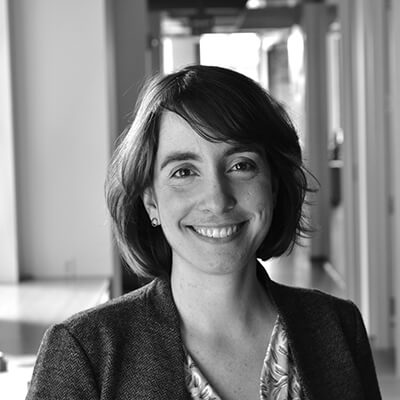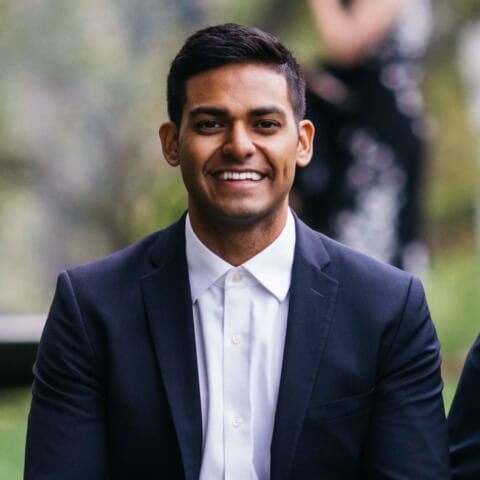Education Forum:
Integrating Architecture Research and Practice
Presenters:
Holly Wasilowski Samuelson – Harvard GSD’s D.Des Sustainable Design candidate
Timothy Cooke – MIT’s SMArchS Building Technology Program
Siobhan Rockcastle – Teaching Fellow in Building Systems at Northeastern University
Innovation and research are two increasingly prevalent words in architectural practice, yet research in architecture, construction, and building technology trails behind research in other areas of design and engineering. As clients and industry push for more efficient and economical buildings, a clear need for integrating new technologies and research into our practice emerges. However, given the realities of client requirements, including schedules and budgets, research in design practice is challenging. Are there other ways of bridging the gap between academic research and practice? PAYETTE recently invited three outstanding researchers in building systems and technology to the office to present their research and hold an open discussion to address this question.
Holly Samuelson began the presentations by sharing her current work studying the level of accuracy and consistency in energy modeling output as it relates to actual building energy use. She found that while building energy modeling is an increasingly common element in the design process, often the actual performance of buildings is not as strong as predicted by the energy model. By surveying hundreds of architects, owners, and energy modelers, she also discovered that most of these models require 30-40 hours of time to construct and simulate. Samuelson’s argument is simple: because so much time is spent on these models, we should be getting much more use out of them. Through her research Samuelson aims to extend the use of building energy models beyond the initial design phase into detailed design and construction. In the course of this extended use, the building energy models can better predict building performance, pinpoint potential problem areas, and diagnose building performance issues before construction begins. Furthermore, it can serve as a diagnostic tool for owners and building operators throughout the building’s life.
Next, Timothy Cooke presented recent discoveries from his thesis work investigating the properties and feasibility of low-density, lightweight concrete. He started by introducing the comparison of a building’s structure to that of bones in our body. Bones serve the same purpose, yet are not solid; they are cellular, containing a high percentage of air that reduces weight and mass. Cooke explored the possibility of replicating this property in concrete. Through several experiments and iterative prototyping, he developed 4-5 unique methods of introducing graduated densities into cast concrete. His research culminated in a concrete block that retained structural properties with a 30% reduction in material. The savings implied by Cooke’s findings are dramatic and made more so considering concrete is the single most-used building material in the world.

Finally, Siobhan Rockcastle discussed her work developing a metric and analytical tool for evaluating the qualitative aspects of daylight that most architects intuitively design. Rockcastle explained that architects frequently experience difficulty convincing clients that daylighting is valuable and lack a definitive means of comparing the quality of light in two different spaces. Rockcastle’s research works to solve these challenges by documenting spaces throughout the day at various times throughout the year. Through a complex work-flow she analyzes photographic images of a space, automatically defines the boundaries of light, calculates the percentage of daylighting factor and overall glare, and produces a quantitative metric that describes the “quality” of the space. By developing these metrics, Siobhan’s output can help designers fine-tune a design to optimize daylighting and even determine the precise points of the day and year when the space has ideal visual comfort.
The discussion following the presentation focused on bridging the gap between the academic research done by each of the presenters and the type of applied research that occurs in architecture firms like PAYETTE. Although we attempt to implement more research in our office and innovation in our projects, these exploration do not have the same rigor demonstrated by each of the presenters. Often the challenges of schedule, budget, and client requirements limit the scope of our research, while academic research allows for in-depth, diverse exploration of a problem.
Ultimately, we strive not only to integrate research into our practice, but also support academic research relevant to our work. As the field of architectural research grows, the opportunities to directly integrate this research into our practice will grow as well. If our firm can not only learn from but also provide support for academic research, we can create a symbiotic relationship between design and research with the common goal of building better buildings. Connecting with research institutions and individuals like each of the presenters is a first step in integrating cutting edge research with our practice.



